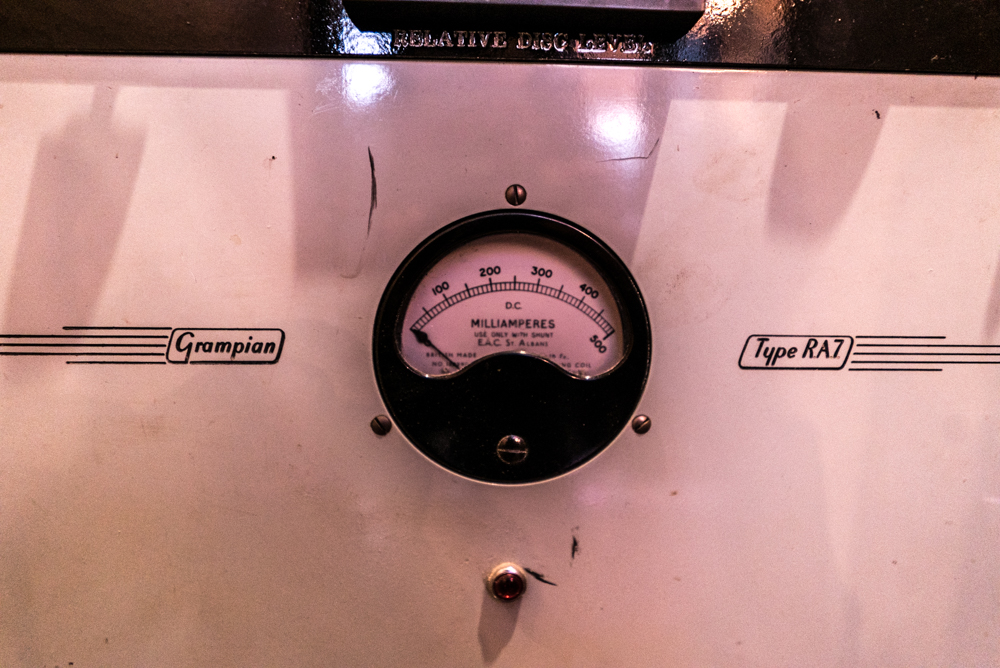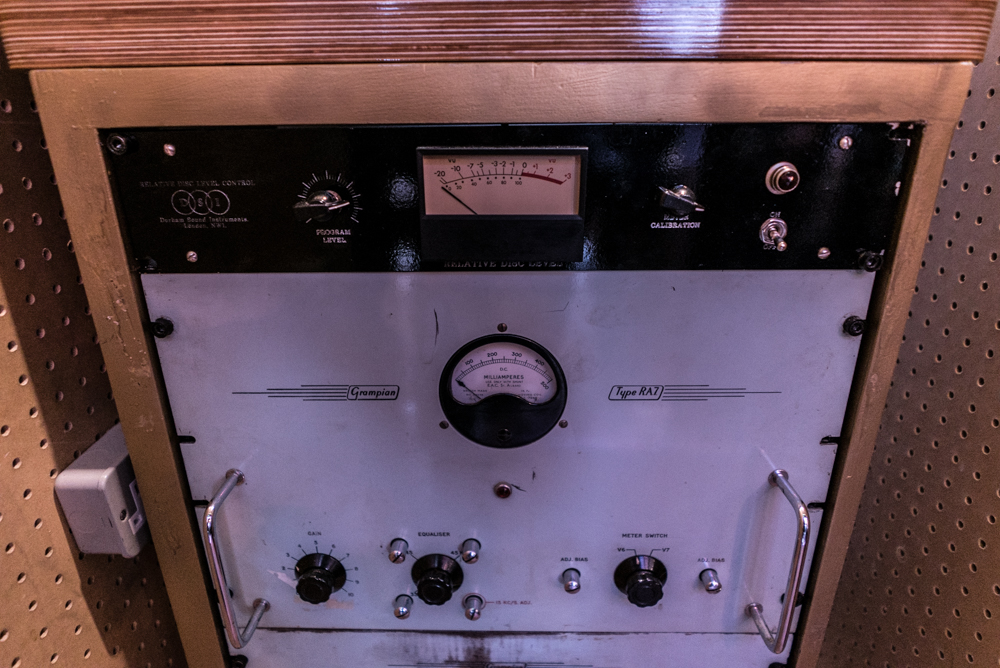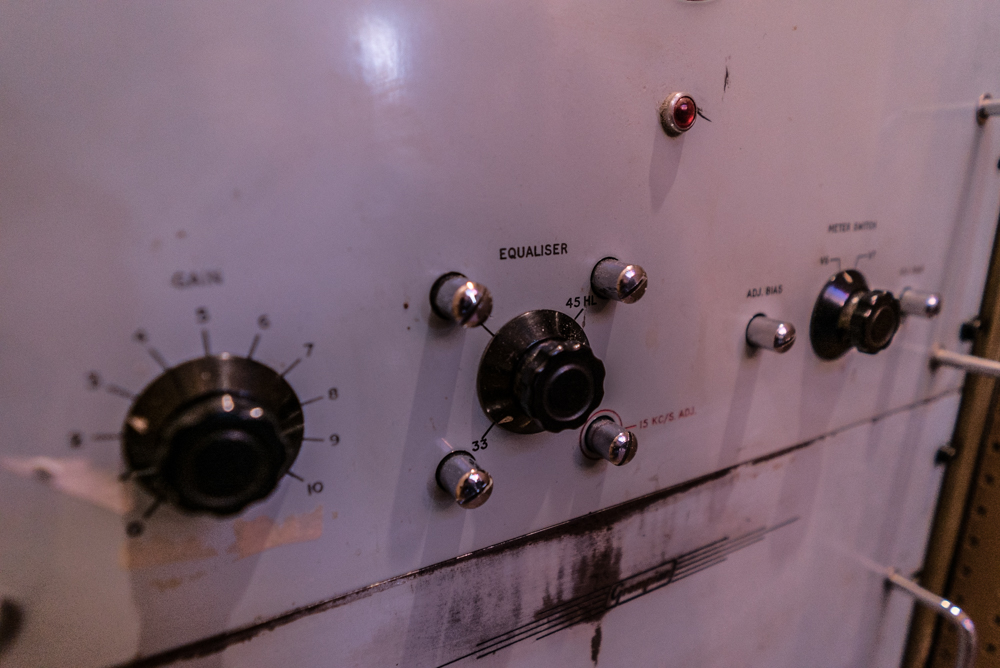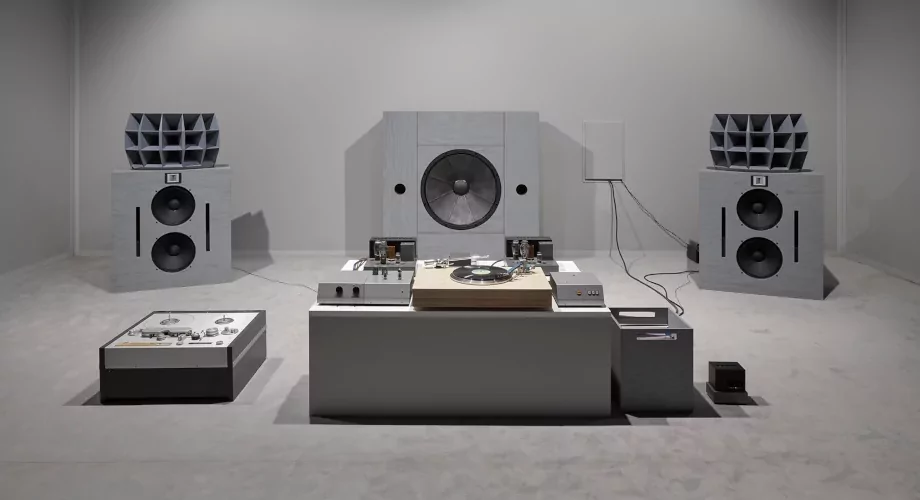Published on
March 23, 2017
Category
News
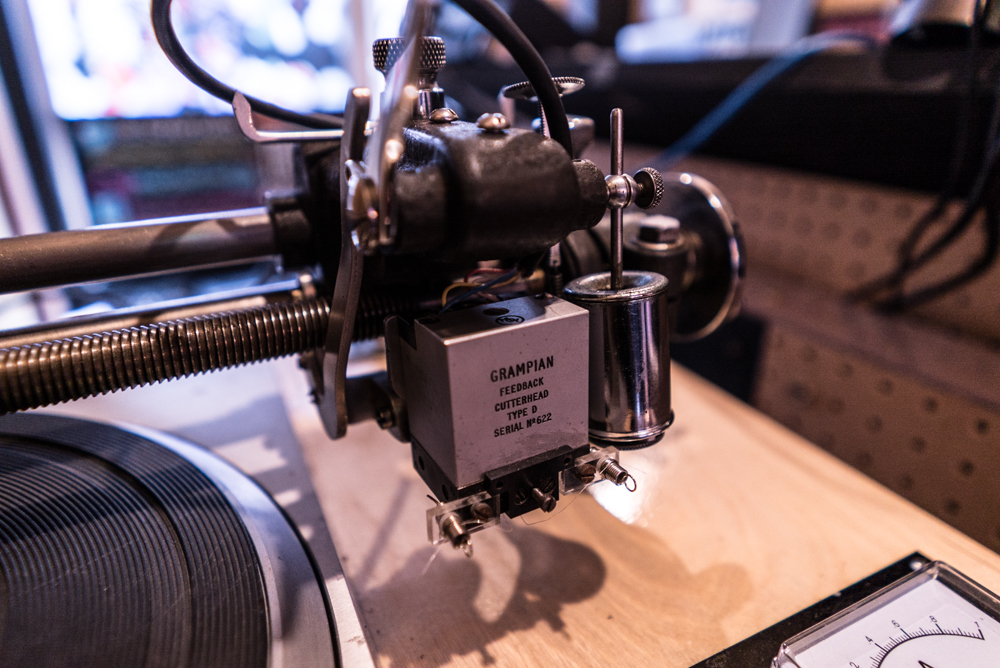
Online radio goes analogue.
London-based online radio station Soho Radio is installing a portable cutting lathe in its studio to cut a series of live sessions direct-disc.
Created in collaboration with vintage audio obsessive and musician Lewis Durham (Kitty, Daisy and Lewis), the lathe has been custom built using different components from different eras, and is based around a classic Technics SP10 turntable.
“A cutting lathe is the holy grail of recording and an enchanting piece of machinery,” Soho Radio co-founder Adrian Meehan said. “We wanted to highlight all aspects of the recording and capture the intense vibe during the performance… Knowing that it’s being cut direct to disc magnifies the sense of moment. When music is being captured in such a final timeless way the whole level of playing, mixing and performance pushes everyone to best of their ability.”
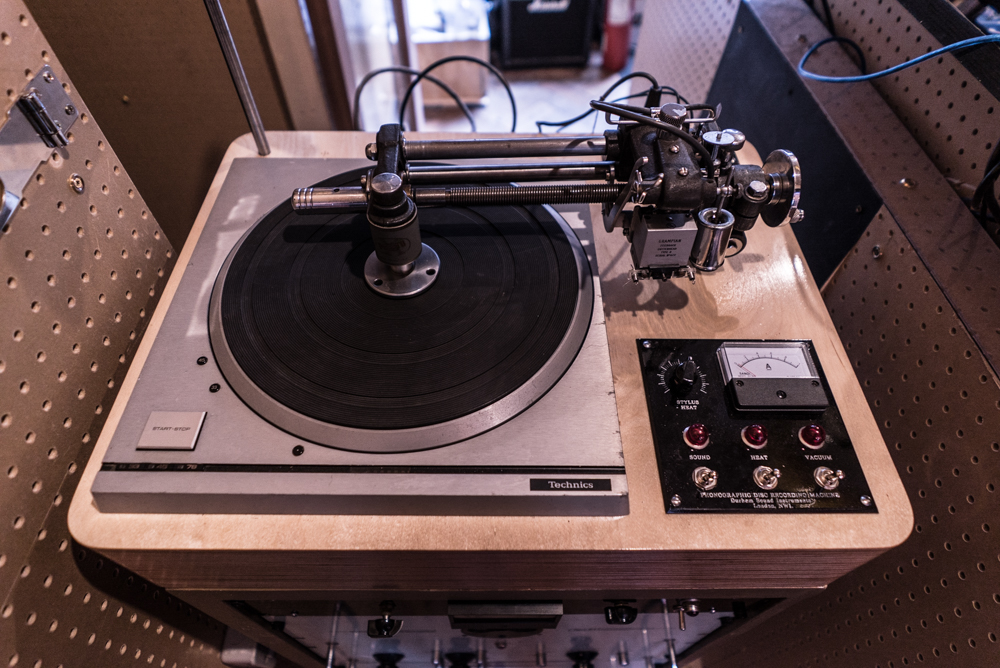
Installed in the studio, the series of live sessions cut direct-to-disc will begin with afrobeat legend Seun Kuti and his 15-piece Egypt 80 band this Friday (24th March), but also aim to cover a vast range of genres, from grime and hip-hop to rock and roll, pop and experimental electronic music. The second confirmed artist Songhoy Blues will act as a trial run for 12 sessions in collaboration with Jaegermeister between April and September. Cut in editions of one, the sessions will then be aired on Soho Radio.
As well as going back to the root of analogue recording, Soho Radio will also take the sessions in the other direction, filming each performance in VR to share the experience more widely and “demonstrate technologies a century apart. For us it feels like a fresh platform to promote independent music and artists in an unregulated manor,” Adrian said.
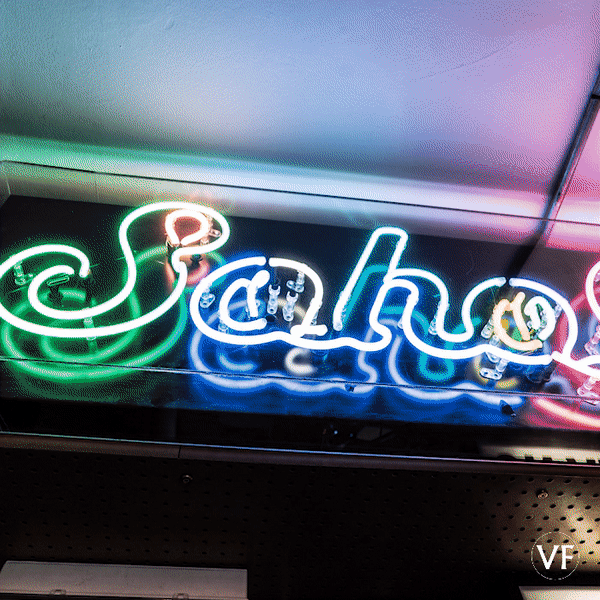
To get a better sense of the technology behind the lathe, we spoke to Lewis Durham to break down the mechanics and how it will actually work.
Talk us through the specs of the new portable Soho Radio lathe. It was built from scratch for this purpose, is that correct?
The new lathe features different components from different eras to make up a complete and portable phonographic disc recording system. The whole chain, which is entirely vacuum tube, consists of the mechanical lathe mechanism, a recording amplifier, a relative disc level control unit, with all their associated power supplies and the cutterhead.
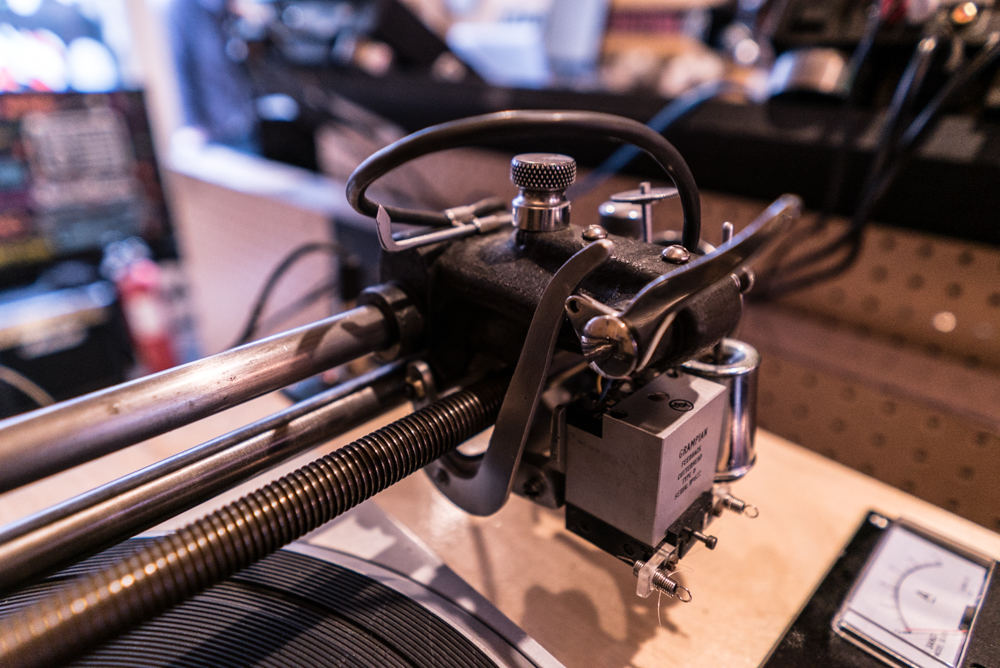
The cutterhead is a Grampian type D feedback head of the moving iron construction. The amplifier driving it was made for the head also by Grampian in the 1950s. These components were designed by the BBC in the 1940s and built in the UK. The Grampian cutting systems were common sight in professional cutting rooms all around the world up until the 1970s.
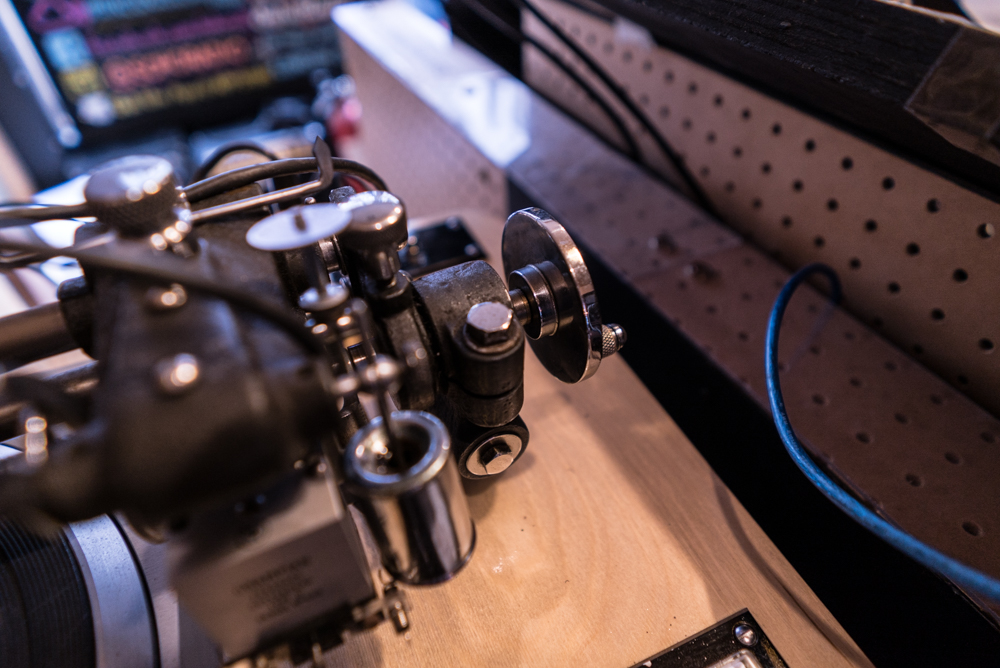
The lathe mechanism is made by Presto Recording Corp., from America and was a used by most broadcast stations in the states for transcriptions, this is the part that drives the carriage to which the cutterhead is mounted across the revolving disc. I have mounted this on a more modern Technics SP10 high torque motor which is cable of three speeds with minimum rumble and flutter.
After fine tuning and correct damping of the head, the system is capable of very high fidelity, low noise recordings.
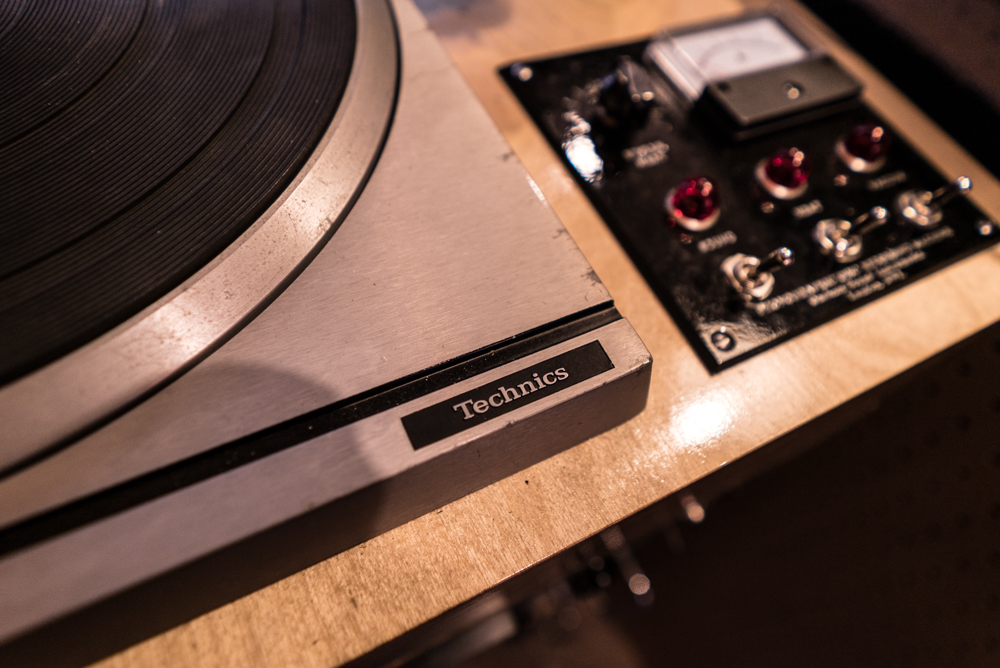
You’ve become something of a specialist in this field. How did you get involved?
When Adrian and I were pissed in the pub, he said he wanted to make recordings live to disc as he’d seen me previously do at the Rifle Maker gallery using a Scully lathe, I immediately formulated plans in my head for a system that was both very compact and capable of good results. I used to use the Presto lathe and Grampian system in my bedroom when I was at school to make discs for the local MC’s and DJ’s at my school before moving into mastering and commercial cutting. So, I dug it out of my mums shed.
Once I sobered up a bit, I re-designed the lathe and motor assembly onto a heavier and more solid base with all associated controls and pilot lamps mounted on board. I also built a unit which could receive the program signal from Adrian’s desk and give me metering and level control before feeding the cutting amplifier. I also wanted to make it as straight forward and simple as possible for someone else to learn on and use. I rebuilt the cutting amplifier and anything else that needed making and put it all together.
I will be doing cutting but, it’s really not rocket science as long as the system is working well. I would be glad to teach anyone who wants to learn.
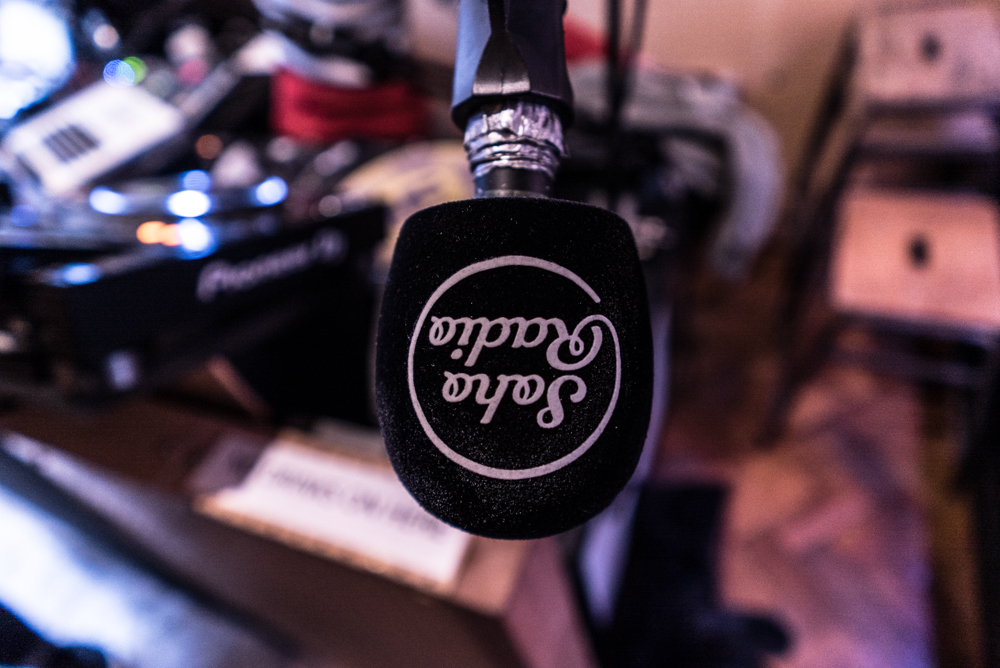
Talk us through what actually goes on when you cut a performance direct-to-disc?
Recording music live to disc is much like recording onto a tape or a computer except, it’s just a different format. The band are mic’ed up and mixed and then sent to the recording lathe instead of the computer. The only real difference is that there can be no post editing. For example, once the cut starts and the mics are open until the cut finishes, what’s on the disc will always be there and never change because it’s been physically cut on to the disc. If someone makes a mistake, it will be on there forever. I think because of that factor, the pressure can build up on both musicians and the engineers because one mistake and the disc is ruined, unless you like that kind of stuff!
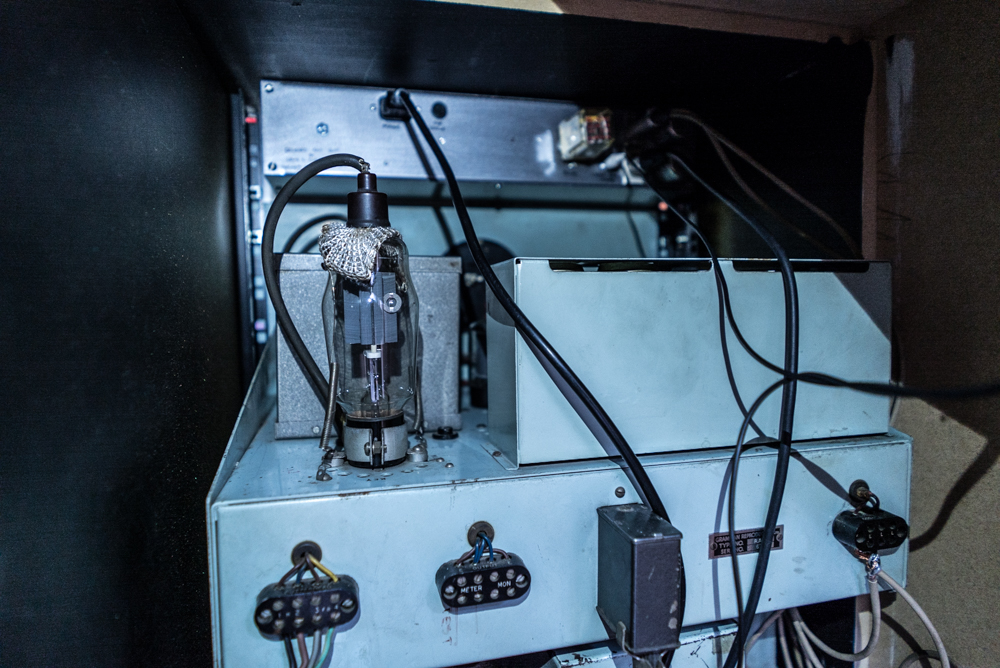
What’s different about this set-up to others that you’ve seen?
I have never really seen many portable systems although, they were common place before the advent of tape recorders which became widely commercial in the 1950s. I know some people who have bits of systems lying around they could put together but, without a demand for it, there’s not much point. Much of this equipment was being skipped until fairly recently. I think its great that peoples interests are starting to grow for phonographic technology as it gives it this whole new lease of life. As I say, some of these parts were lying in my mum’s shed gathering up dust until a few months ago and now people will be coming through Soho Radio’s doors and getting funky for it… what could be more groovy?!
Soho Radio is based at 22c Great Windmill Street, W1D 7LD. Check out their website to listen live and find out more.

